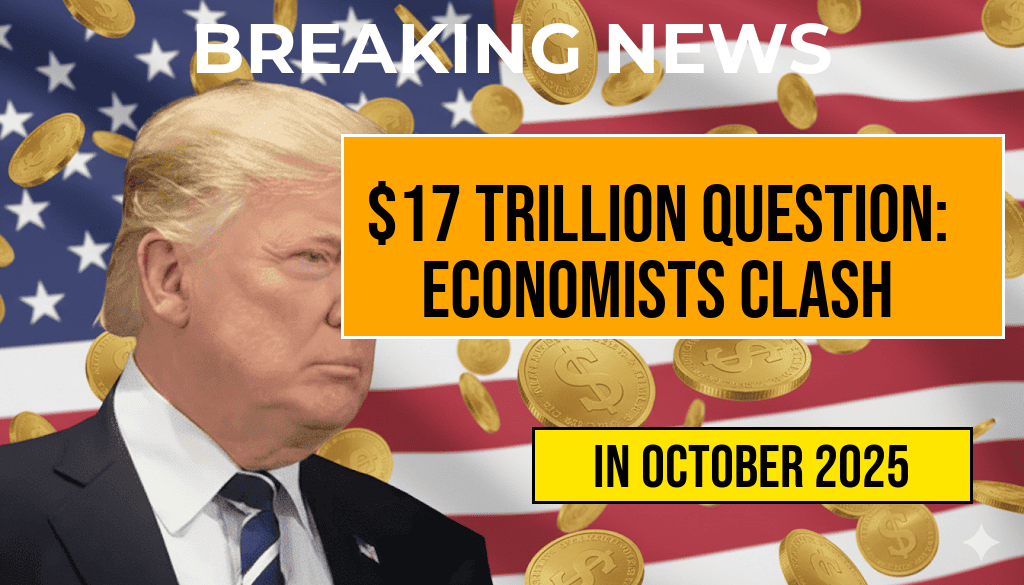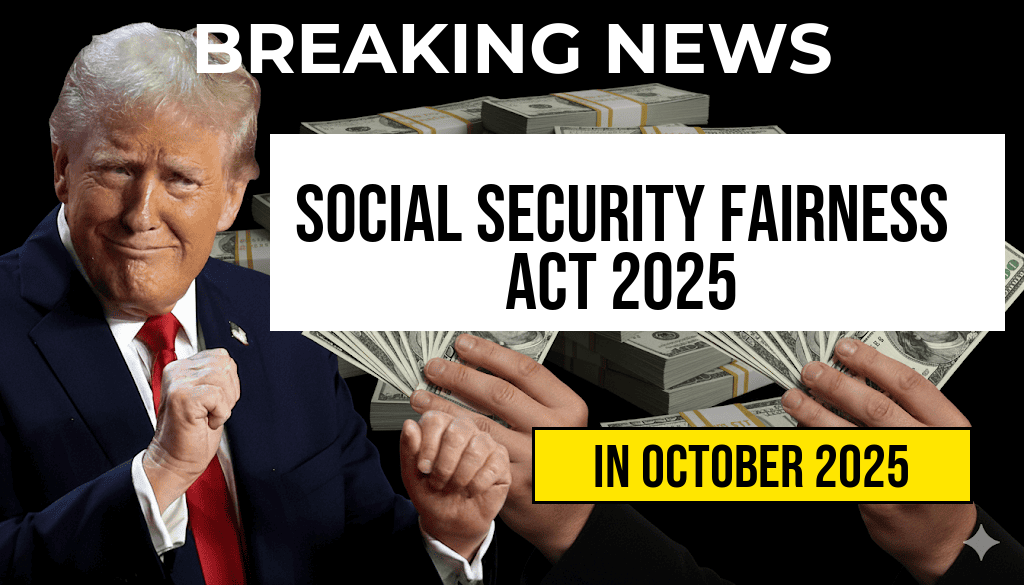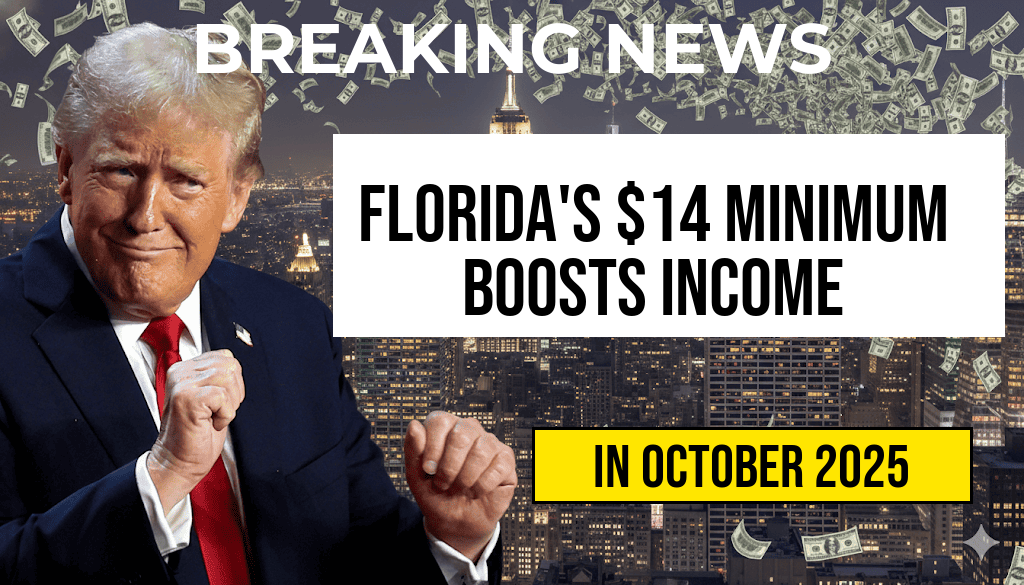Amid mounting scrutiny, global economists are sharply divided over the legitimacy and implications of former President Donald Trump’s reported $17 trillion in international investments. The figures, highlighted in recent disclosures and media reports, have ignited fierce debates within financial and policy circles. Critics argue that the numbers may be inflated or misrepresented, raising concerns about transparency and accountability, especially given the geopolitical sensitivities surrounding foreign investments. Supporters contend that such investments are a testament to Trump’s business acumen and global reach, potentially offering economic opportunities. As the controversy unfolds, experts are dissecting the origins, accuracy, and potential impacts of these figures, which could influence investor confidence, diplomatic relations, and future policy decisions. The debate underscores broader questions about the transparency of private wealth, the role of foreign investments in national security, and the challenges in verifying complex financial data at this scale.
Dissecting the Numbers: How Were the $17 Trillion Figures Calculated?
Reports suggest that Trump’s purported international holdings encompass a vast array of assets ranging from real estate projects and business ventures to stakes in foreign companies. The $17 trillion figure, according to some sources, aggregates various publicly disclosed investments, private holdings, and potential liabilities across multiple countries. This number, however, has sparked skepticism among financial analysts who question the methodology used to arrive at such a sum.
Estimates vary widely due to differing interpretations of what constitutes “investments,” as well as incomplete or outdated disclosures. Some experts argue that the figure may amalgamate assets not directly held by Trump himself but linked to affiliated entities or the broader Trump Organization. Others suggest that certain valuations could be exaggerated to inflate perceived influence or market power.
Unpacking the Controversy
- Data transparency issues: Critics highlight the opacity surrounding private investment data, especially in foreign jurisdictions where disclosure laws are less stringent.
- Potential overstatement: Some analysts believe that the reported figures might include projected or hypothetical valuations rather than actual assets held.
- Political implications: The figures have become a focal point in broader debates over foreign influence and national security, fueling partisan narratives.
Economists Clash Over the Validity and Impact of the Figures
Economists and financial experts are divided in their assessments of the numbers’ credibility. While some view the figures as plausible, given Trump’s extensive international business footprint, others argue they are a political tool or a misinterpretation of complex financial data.
Supporters’ Perspective
Proponents argue that Trump’s global investments are a natural extension of his business empire, which has long operated across multiple countries. They point to documented real estate deals, licensing agreements, and joint ventures as evidence of substantial overseas activity. According to Forbes, many of Trump’s international holdings have been publicly reported in the past, making the figures at least partially verifiable.
Opponents’ Critique
Opponents contend that the reported $17 trillion is a gross overestimation that lacks substantiation. They warn that such inflated figures could be used to sway public opinion or influence diplomatic negotiations. Some experts also raise concerns about the potential for conflicts of interest, given the scale of foreign investments and the sensitivity of U.S. foreign policy.
Implications for Policy and Public Trust
The controversy arrives at a sensitive moment, as policymakers grapple with the influence of private wealth on national security and diplomatic relations. The debate over Trump’s investments highlights the need for greater transparency in financial disclosures, especially for individuals with extensive international dealings.
| Source | Reported Figures | Estimated Realistic Range | Comments |
|---|---|---|---|
| Media Reports | $17 trillion | $12–18 trillion | Based on aggregated disclosures and estimates |
| Independent Analysts | N/A | $8–12 trillion | Questioned the valuation methods used |
| Official Disclosures | Limited | Uncertain | Often incomplete or outdated |
Broader Context: Foreign Investments and National Security
The debate over Trump’s investments mirrors ongoing concerns about foreign influence in U.S. economic and political spheres. Experts warn that opaque financial ties can complicate diplomatic relations, especially with countries where investment laws are less transparent. The potential for conflicts of interest or undue influence remains a contentious issue, prompting calls for reforms in disclosure requirements and oversight.
Research from Wikipedia illustrates how foreign investments have historically played a significant role in U.S. economic development, yet also pose challenges related to security and policy integrity. As the debate over Trump’s figures continues, it underscores the importance of vigilance and transparency in managing complex international financial relationships.
Frequently Asked Questions
What are the main points of contention among economists regarding Trump’s global investment figures?
Economists are divided over the accuracy and impact of Trump’s reported global investment figures. Some argue they reflect significant economic growth and strengthened international ties, while others believe they exaggerate achievements or overlook potential risks associated with overseas investments.
Why is the $17 trillion figure considered controversial?
The $17 trillion figure has sparked debate because critics question its methodology and transparency. There are concerns that the data may overstate the true scale of Trump’s global investments, or that it omits important contextual factors affecting the overall economic picture.
How do economists differ in their interpretation of the impact of Trump’s investments?
Some economists believe Trump’s investments have boosted the economy by increasing job creation and international trade, while others warn they might lead to economic vulnerabilities or trade imbalances that could harm long-term growth.
What are the potential implications of the controversy over these figures?
The controversy could influence public opinion, policy decisions, and investor confidence. Disputes over the accuracy of investment data may also affect international relations and the perceived credibility of economic reporting.
What should readers consider when evaluating claims about Trump’s global investments?
Readers should consider the source of data, the methodology used, and expert opinions. Recognizing potential biases and understanding the broader economic context is essential to forming an informed perspective on the controversy.






